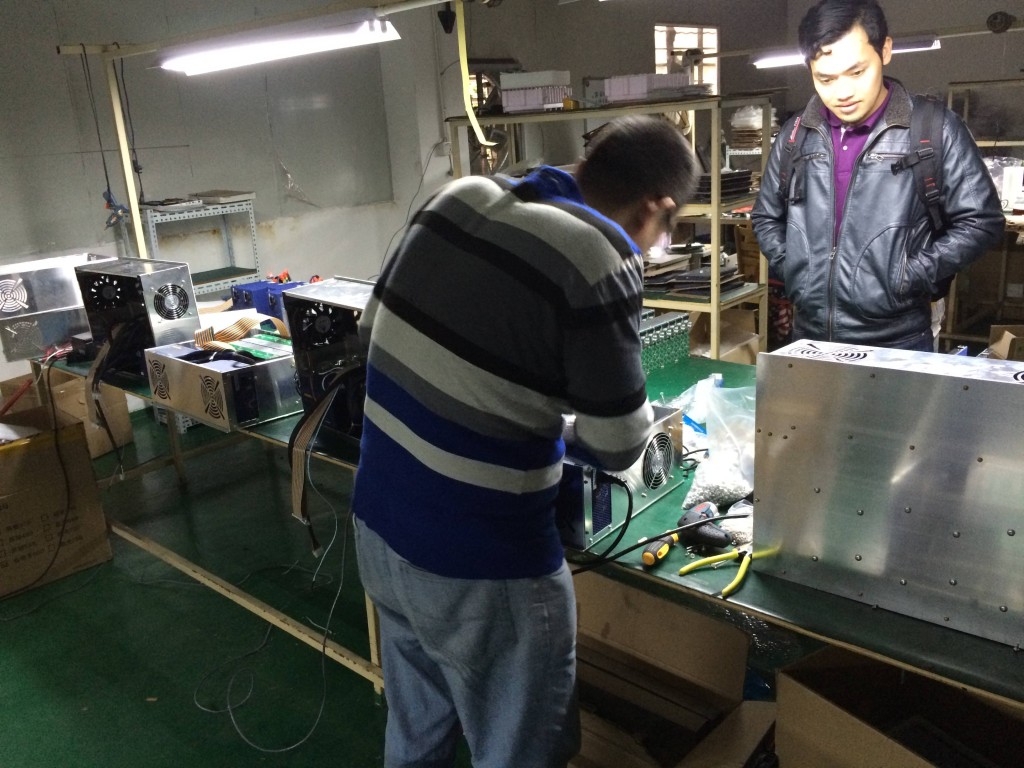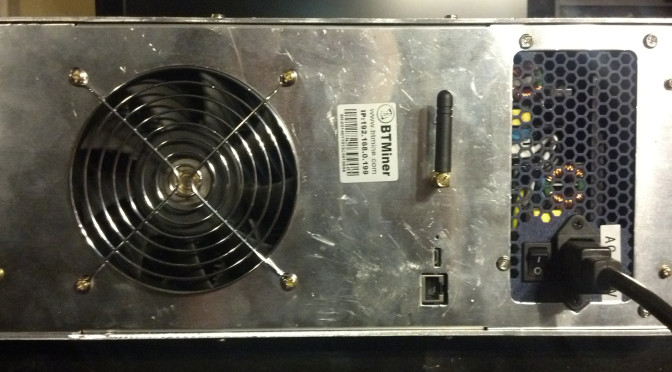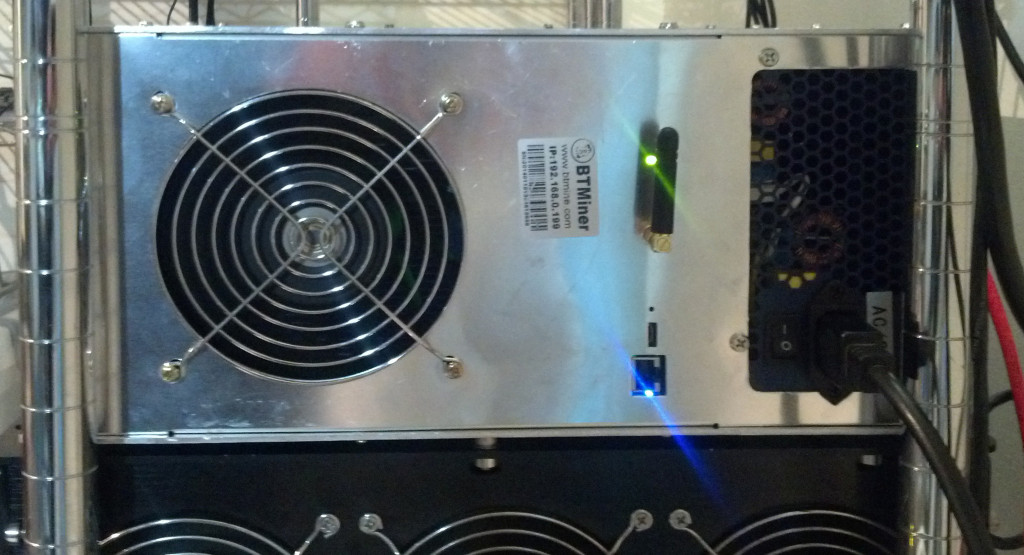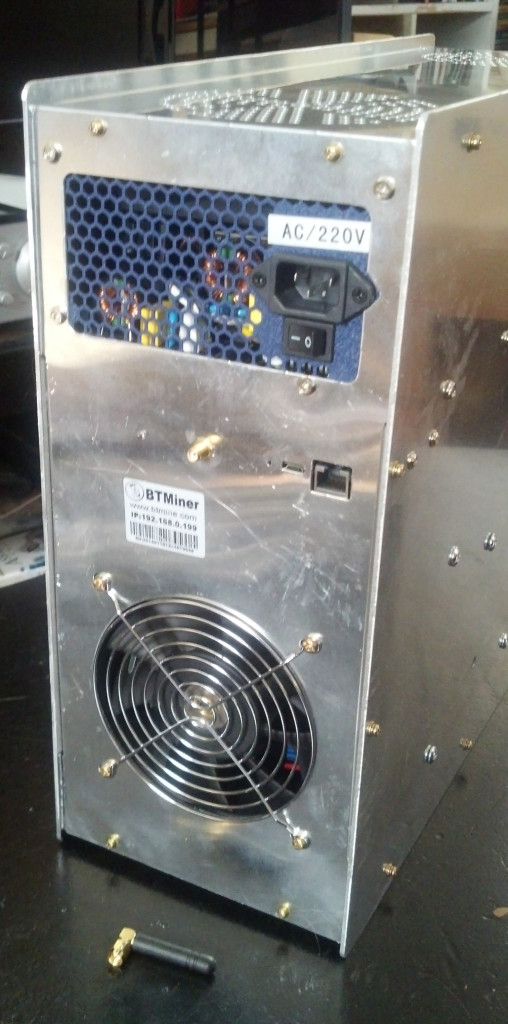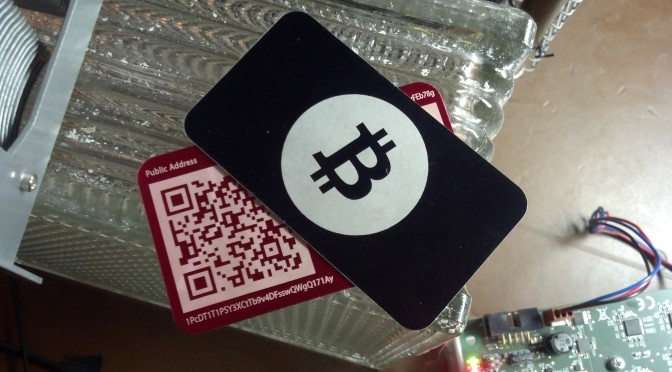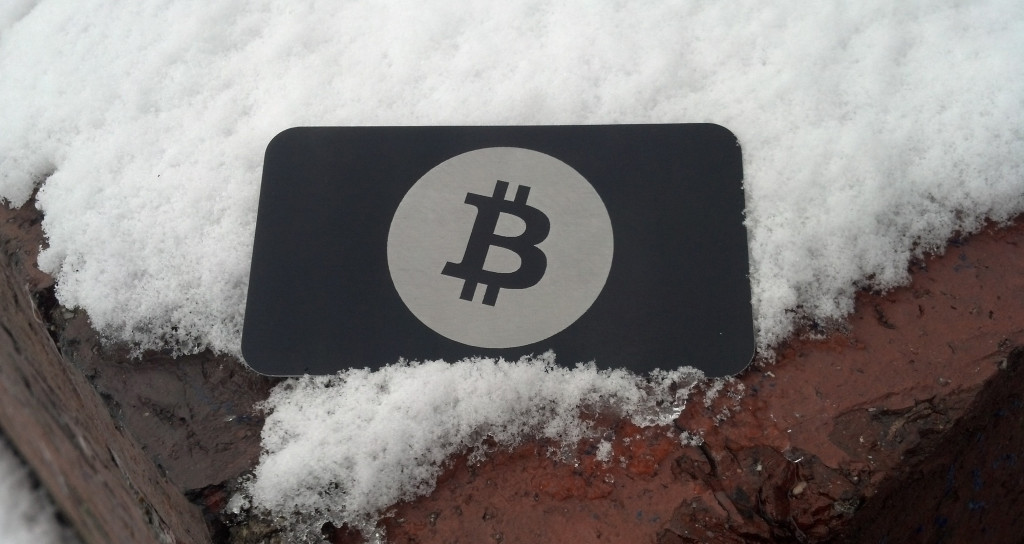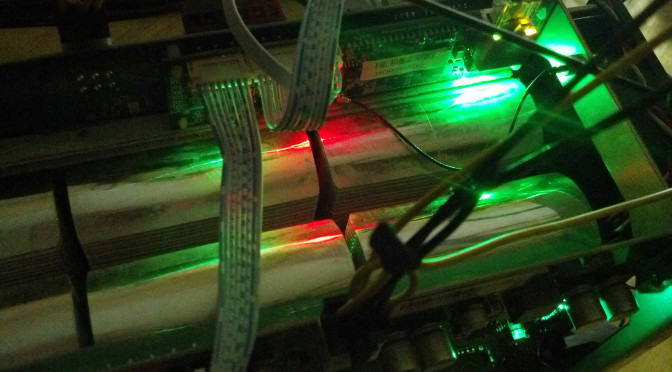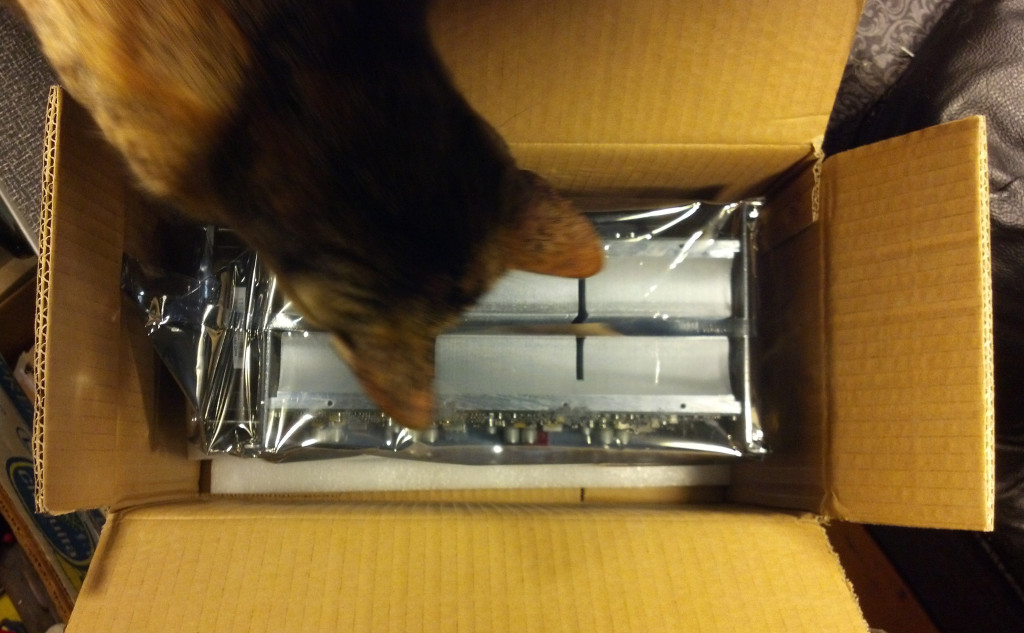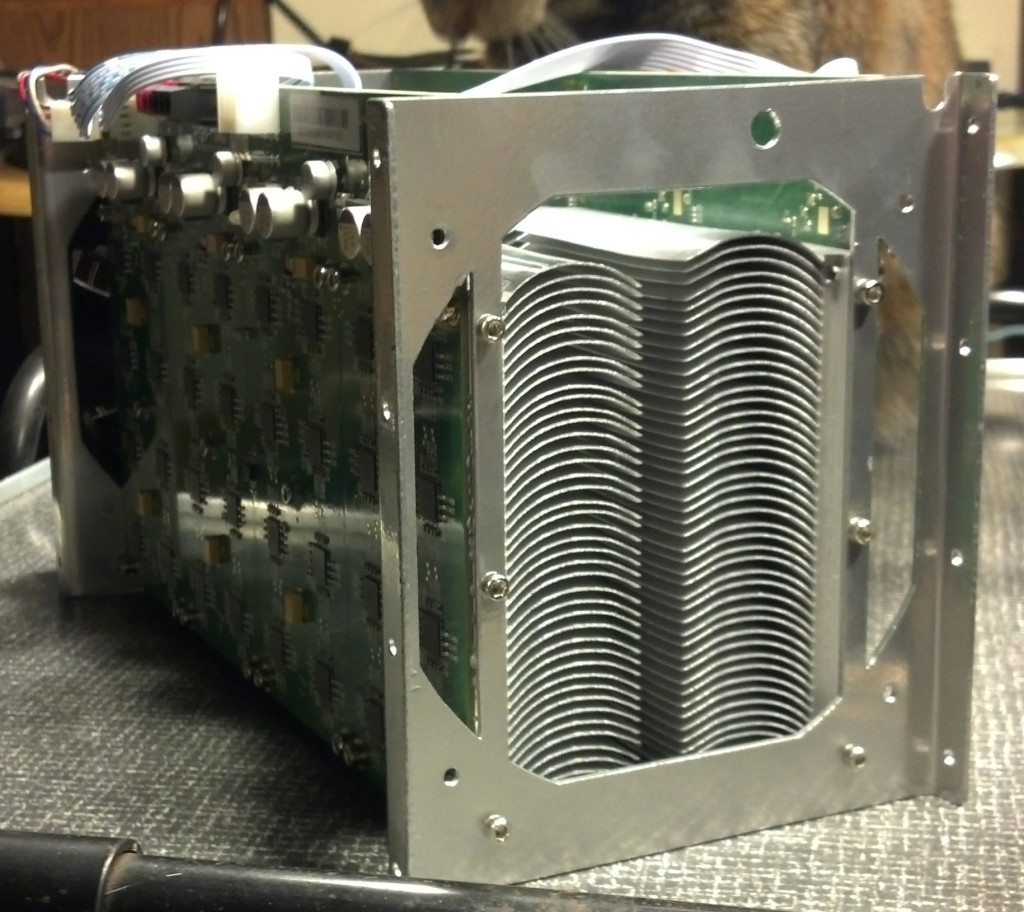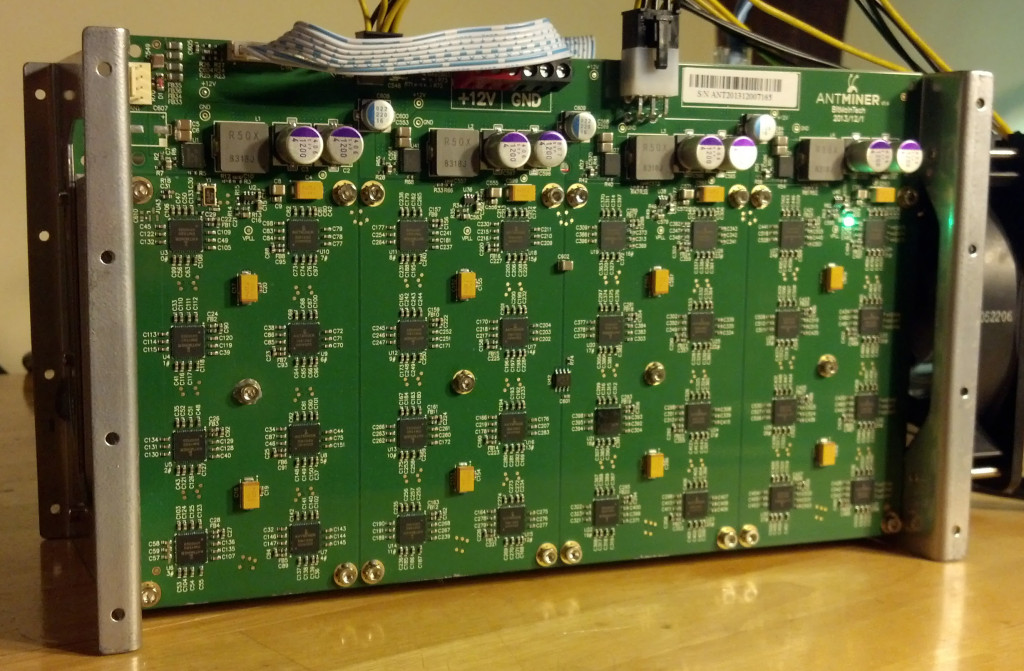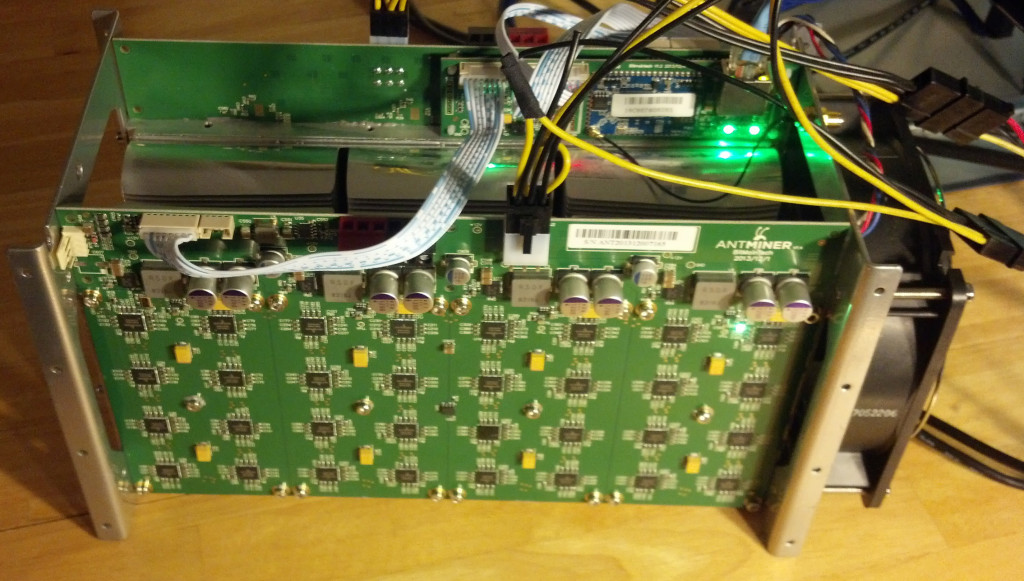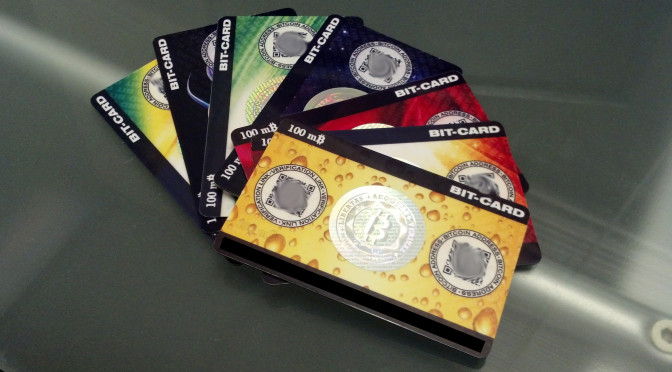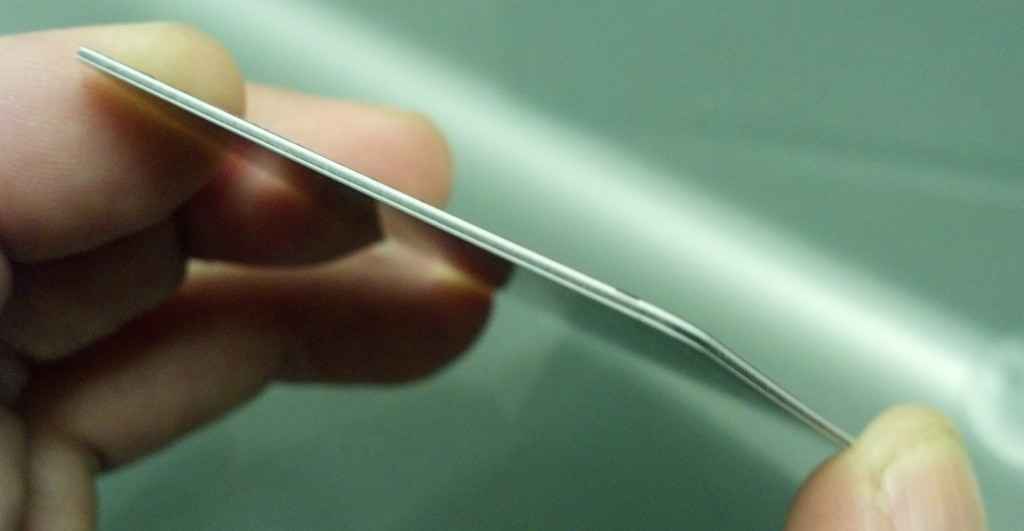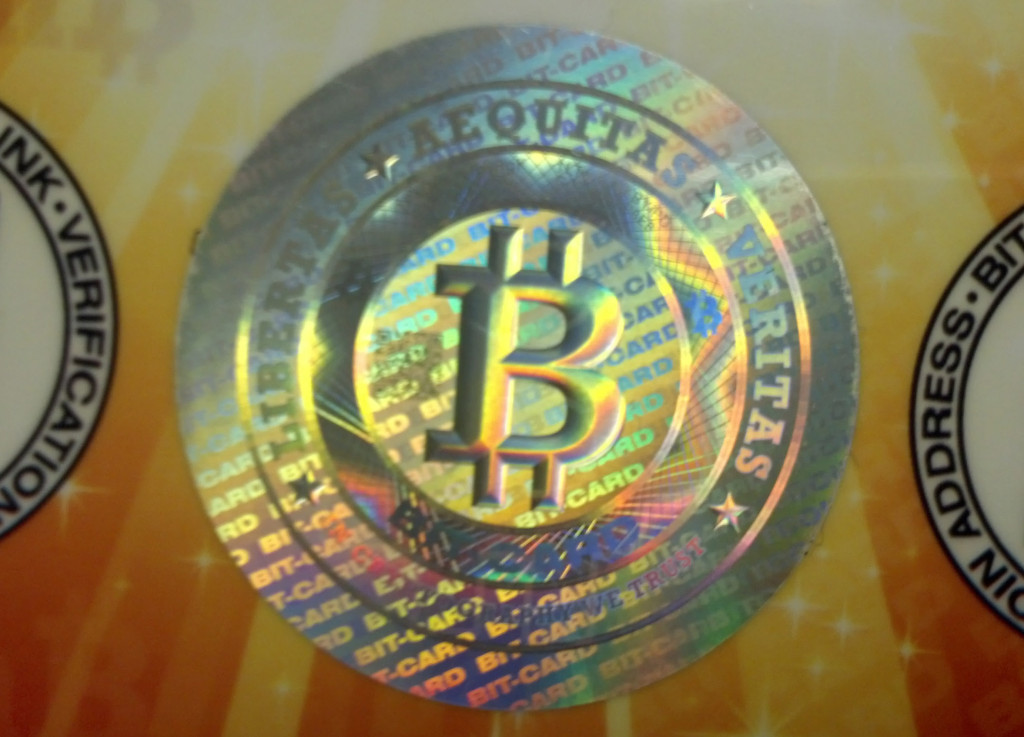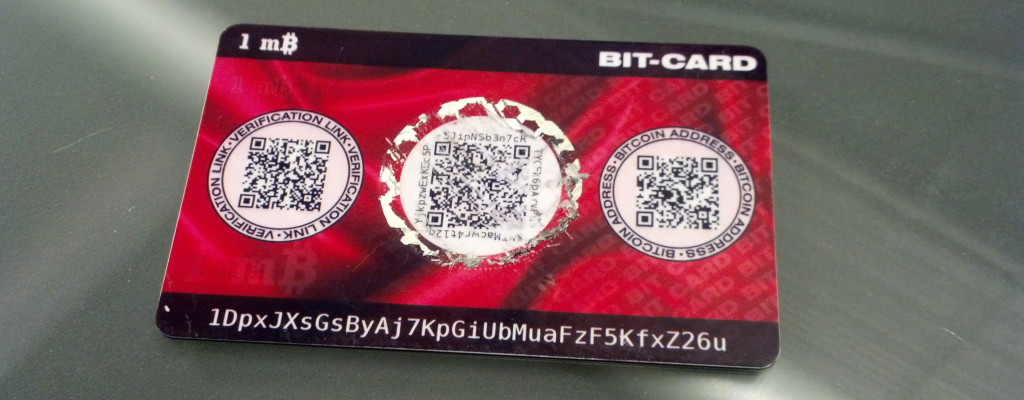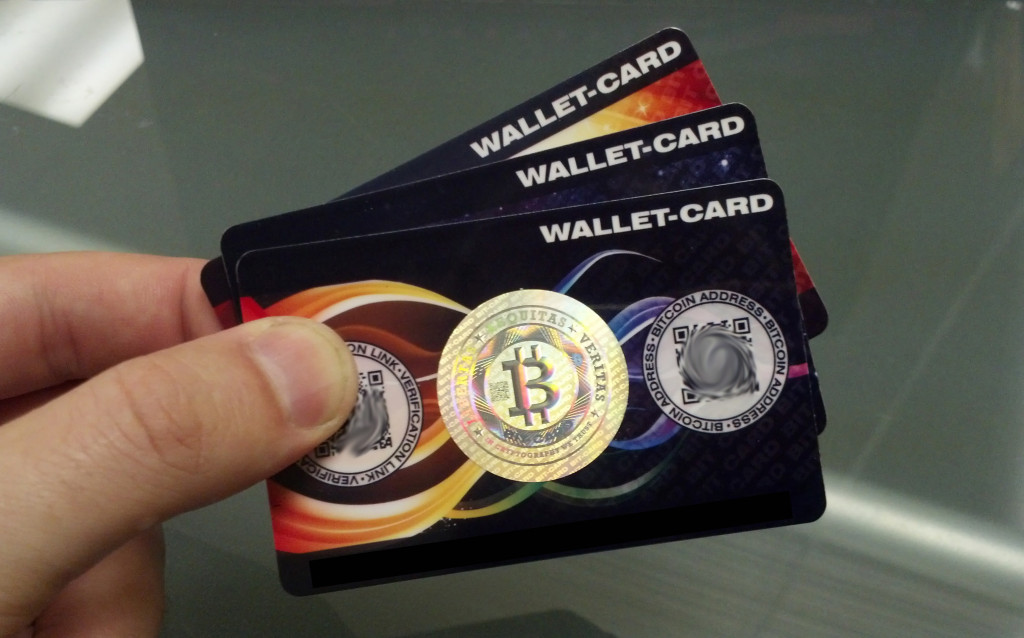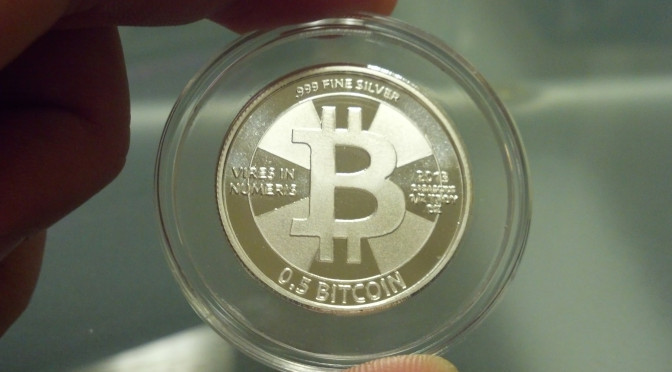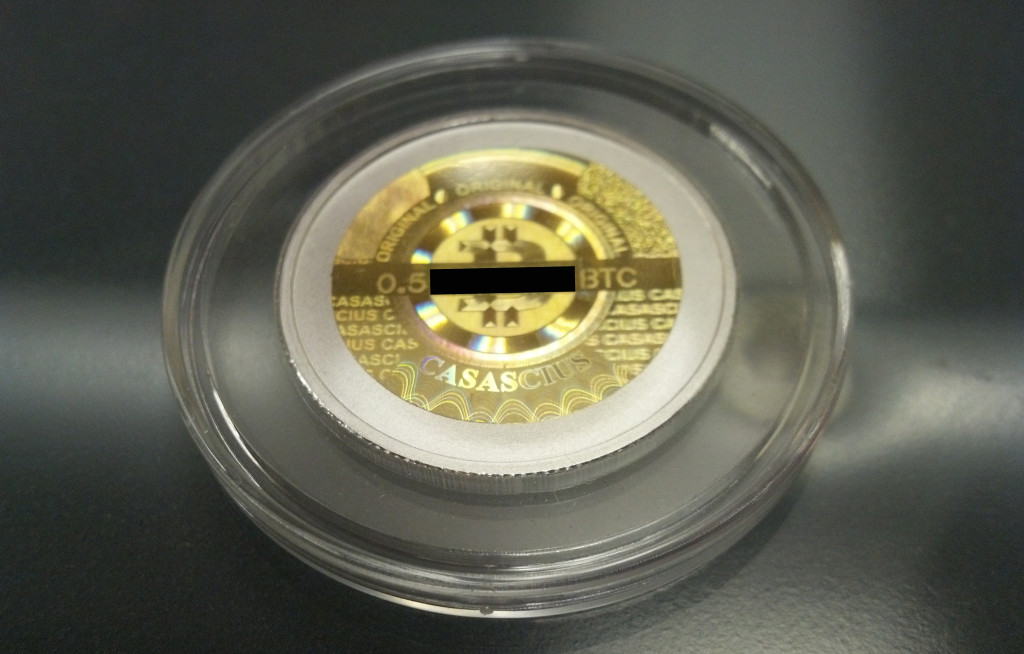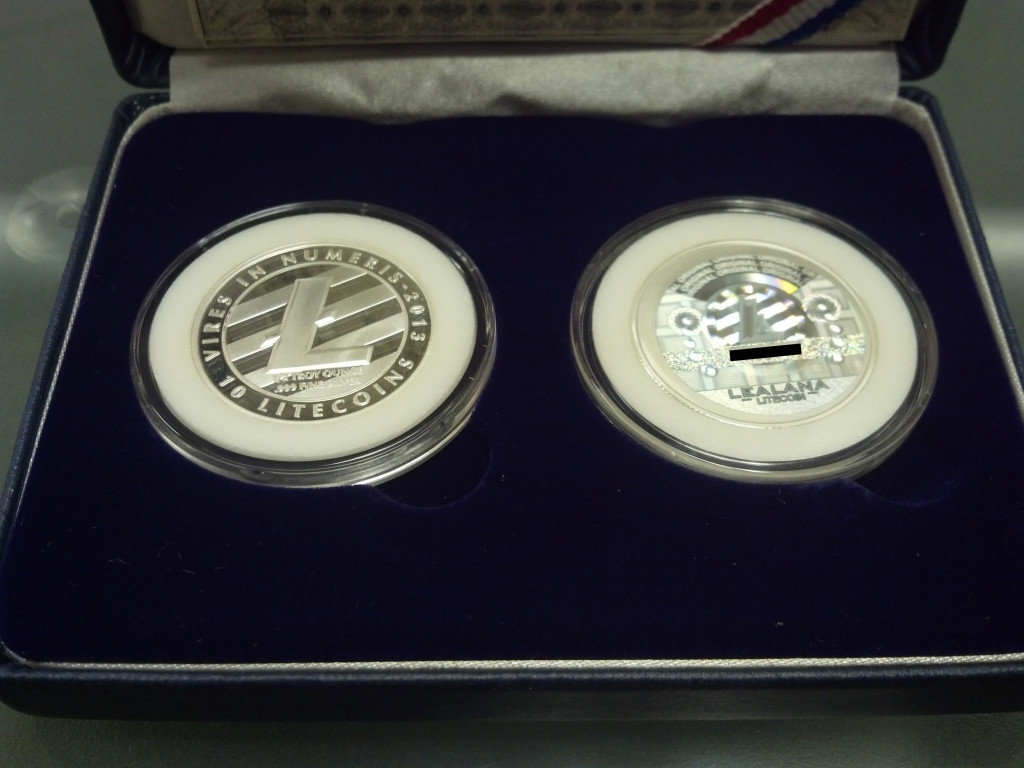The BTMiner is a rough machine, and it’s already had a rough life. Forged in the backrooms of Shenzhen and then slung around the world in 4 days to reach me, it arrived with three big, fat screws just rolling around loose in the box.
All the screws holding the blades in place had been working their way loose and the blades were barely attached, knocking against each other as they tried to break free.
When I started it up, it made a horrific sound, like a machine gunner being electrocuted, but it was just the end of a zip tie turturing one of the turbine-strength fans.
Screws tightened and zip tie trimmed, it started right up and configured in seconds, and was soon hammering away somewhere around ~215Gh/s.
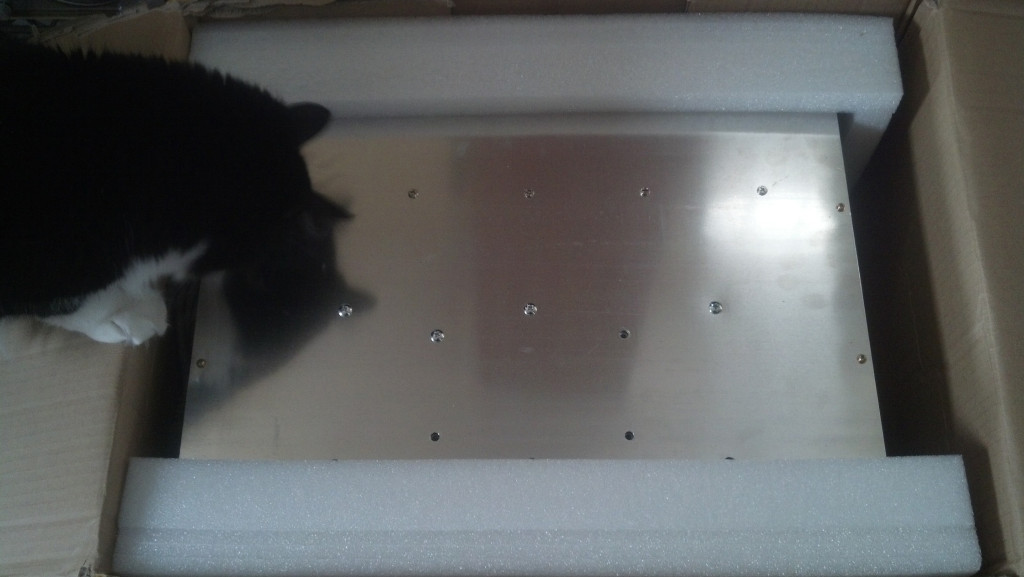
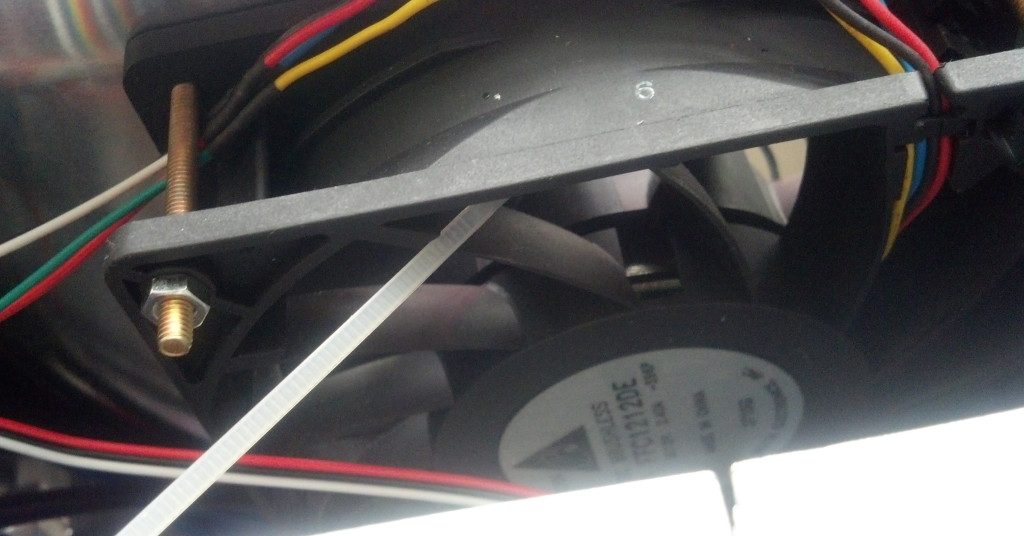
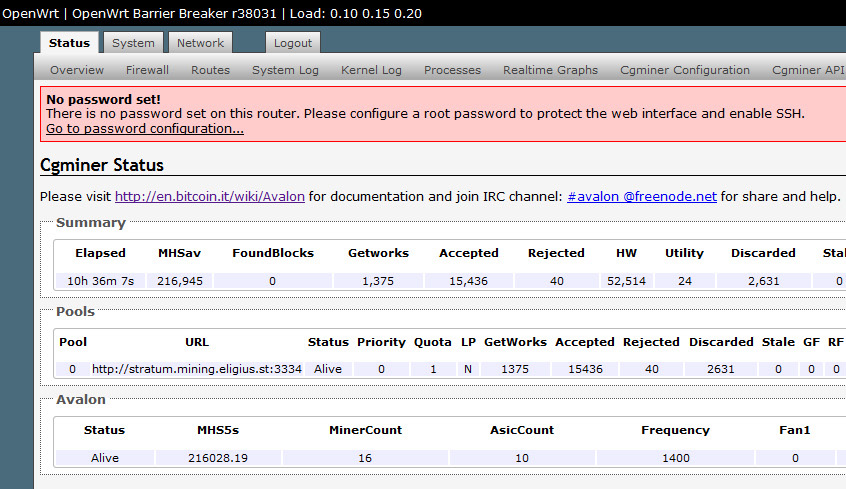
The interface is the same as a first generation 110nm Avalon, but with an “Avalon Chip” field under “Cgminer Configuration” preselected to the new 55nm size. The whole machine is a direct descendent of a 110nm Avalon: a TP-Link running things with OpenWRT, horizontal blades with hefty heatsinks, fans pushing the air over them in a big aluminum box. This was made easier when Avalon designed their second generation chips to be essentially backwards-compatible, so the same designs could be used over.
After the delays with their later batches and subsequent outrage from those who ordered, it’s understandable why Avalon wanted to get out of the hardware business and hand the messy details of power supplies, cases, assembly and deliver off to others. The BTMiner suffers a bit in translation, though. The case is a thinner aluminum, and the screws feel on the verge of stripping after taking the side off just once. The dual power supply design (one for each blade) is unusual and results in cords coming out both ends, but it’s handy for distributing the power across different household circuits if you find yourself tripping breakers. The whole thing feels hastily banged together, but as long as it works, that’s just fine.
Roughly the size of a 4-blade Avalon, the design is closer to an Avalon Mini, two blades with heatsinks facing each other to make a sort of wind tunnel. There are just two fans, one at either end of the tunnel, pushing the air through with a vengeance and a fierce whine.
BTMine took a few orders in December and once those were confirmed to have arrived in people’s hands, they took more orders. The units weren’t in-stock as they said, and mine took about a week to get manufactured and out the door, and in the process the design changed from what they had shipped in December, getting a little more compact and growing longer, more aggressive heatsink fins.
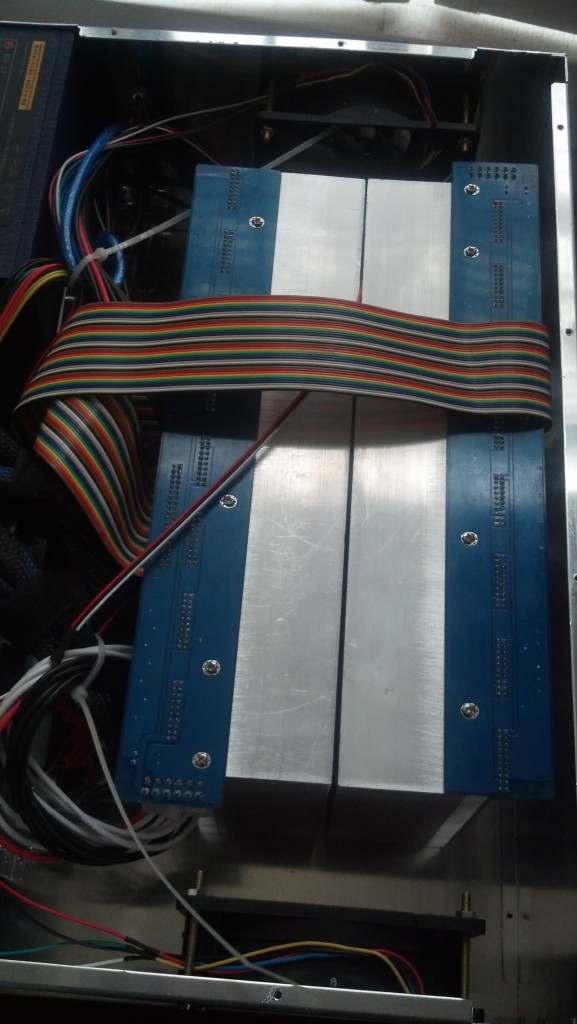
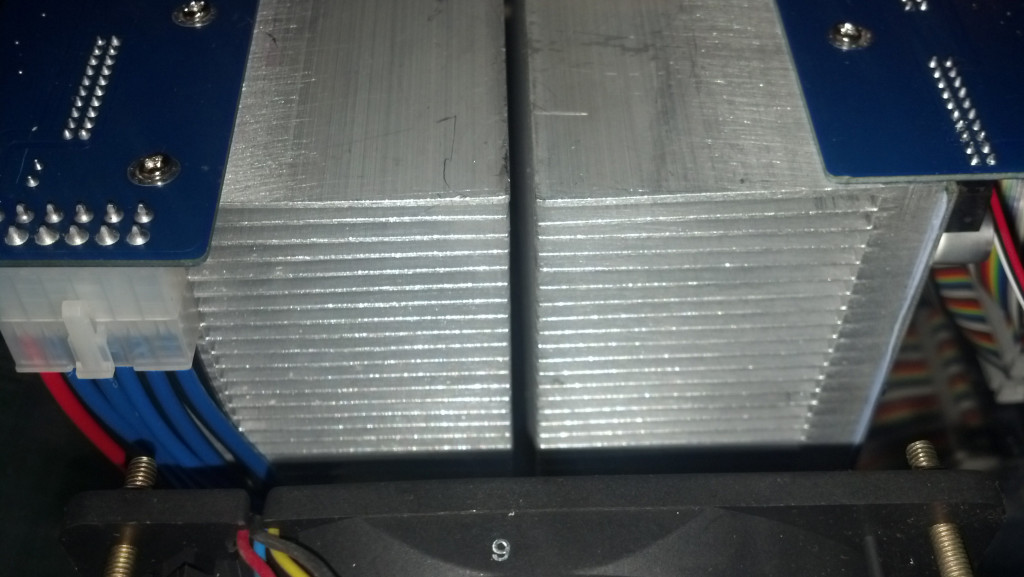
Those are welcome changes, but it makes me wonder what it’s like over there in Shenzhen. I haven’t heard of this company before, and it’s clear they’re making this up on the fly, custom-manufacturing small runs of these units. It’s strange to think of companies popping up and assembling hardware which is probably only saleable for a very short time frame, measurable in weeks, mayflies of manufacturing.
Shenzhen seems like a magical place.
